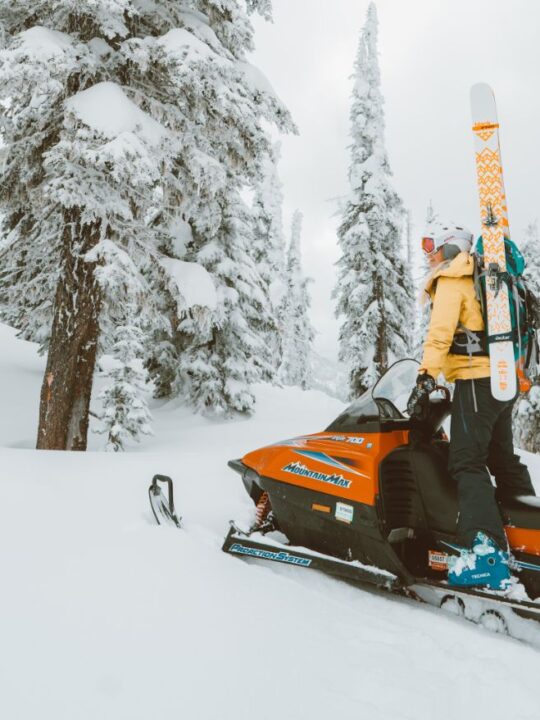Backcountry ski touring has exploded in popularity over recent years. Increased avalanche educational resources, better infrastructure, and an overall desire to escape overcrowded resorts has led to the proliferation of this great sport. But let’s be honest here, getting into backcountry skiing is expensive, and that’s where the beauty that is the Tecnica Cochise comes into play.
Starting out with ski touring doesn’t only require specialized skis, boots, poles, and outerwear. It also requires all kinds of new gear like skins, avalanche safety equipment, touring packs, and more. The costs add up in a hurry! Thankfully, there are ways to get into backcountry skiing without breaking the bank. One of the ways to do that, without sacrificing on quality, is the Tecnica Cochise.
The Goldilocks ski boot
When my fiance and I decided to get into ski touring a few years back we looked at it and thought “do we really need two sets of skis, boost, and poles?” We had been avid skiers all our lives but had only gone ski touring once or twice. Sure we enjoyed touring and we wanted to get more into it, but we knew we would still primarily be inbounds skiers, with maybe half a dozen ski touring days per season. For that reason, we didn’t want to overspend if we didn’t have to. It also happened to be that both of us were in the market for new regular ski boots around the same time. So we thought “maybe there’s a Goldilocks boot for us!” Enter the Tecnica Cochise.
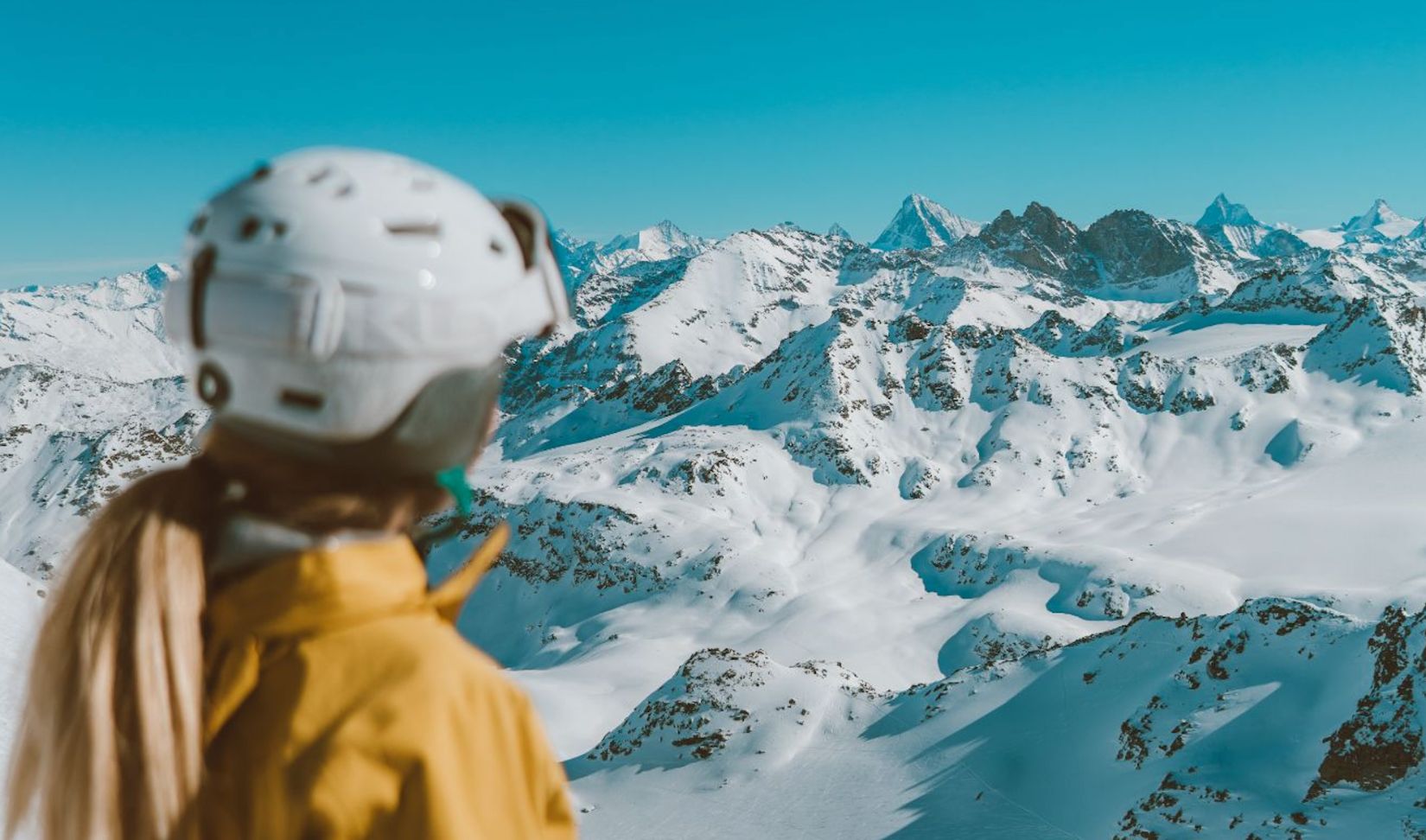
A do-it-all ski boot
There’s a bit of a paradox when looking at ski touring boots. For the climb, you want them to be as lightweight, minimalistic, and flexible as possible in order to minimize the effort and strain required. However, for the descent, you want them to be substantive and rigid for improved control and power through your turns. This creates a conundrum as you have to compromise on either making the climb more strenuous, or the descent less enjoyable.
Thankfully, the Tecnica Cochise is about as close as you can come to the Goldilocks boot. It is the perfect boot for someone who skis inbounds two-thirds of the time and out of bounds the other third. It’s as perfect of a crossover boot as there is.
The Tecnica Cochise is burly and stiff enough to be your everyday inbounds ski boot, while still being flexible and lightweight enough to be your go-to touring boot for single day or short multi-day tours. It is compatible with alpine, demo, and tech bindings so you can use it across multiple skis. Both Lauren and I use our respective women’s and men’s Tecnica Cochise as our one-boot quiver, meaning that it is our everyday inbounds resort boot and our go-to ski touring boot. It does it all for us, and we’re thrilled with it.
In-Resort Performance
As mentioned, both Lauren and I had been skiing for decades before getting into ski touring. So we were curious how the stiffness of the Cochise compared to the boots we’d skied all our lives. I ski the Cochise 130 and she skis the Cochise 105 W. We’ve both been overly impressed with how the boot performs, driving powerfully through turns and providing incredible stability. We really don’t notice any sacrifice in stiffness compared to our traditional alpine boots. Unless you’re racing, these boots are not going to hold you back when you’re lapping the quad at your local resort. In addition, they’re without a doubt the most comfortable boot either of us have ever used. The additional cushioning added for touring translates nicely into all-day comfort and warmth while resort skiing. Lauren has struggled with blisters from ski boots all her life, but not with the Cochise! Can’t say enough about them.
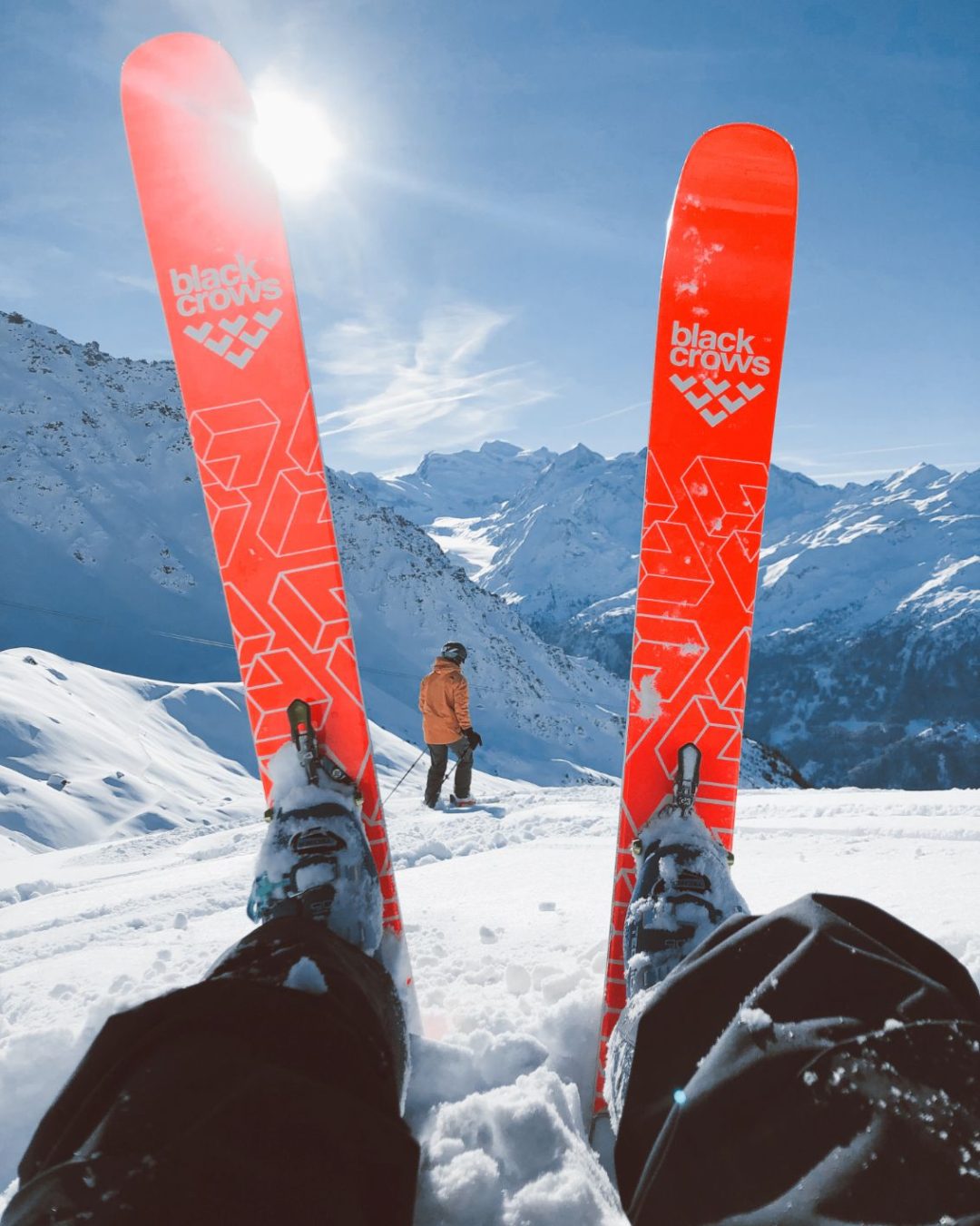

Ski Touring Performance
The Cochise thrives out of bounds just as much as it does inbounds. Although the boot has the stiffness required for epic descents, it has an exceptional walk mode for the climbs. There is a small latch at the heel of the boot to engage and disengage the walk mode. When the walk mode is engaged and the straps are in the walk position, the Cochise becomes a very comfortable touring boot. We’ve used it for dozens of backcountry ski days and have never had issues with mobility, blisters, or discomfort. Now, if I were heading on a longer ski touring trip such as The Haute Route, I would probably opt for a ski touring-specific boot in order to shed the weight and have improved range of motion. Over the course of a multi-day tour, every ounce adds up. But for single day trips the Cochise will not hold you back.
Tecnica Cochise vs Touring-Specific Boots
While the Tecnica Cochise offers exceptional comfort and flexibility when compared to regular alpine boots, touring-specific boots are in a league of their own. They offer advanced range of motion for an outstanding walk-mode. Plus, their minimalist design allows them to be significantly lighter. For example, the Men’s Tecnica Cochise 130 weighs in at 4.4lbs per boot, whereas a dedicated ski touring boot such as the Tecnica Zero G Tour Pro weighs in at a mere 2.9lbs per boot. Across both boots that’s a 3lb savings. Considering that the stiffer Cochise is going to make the descent more enjoyable, this isn’t a huge deal for short day tours. But that kind of weight adds up over the course of a season or over multi-day tours. Therefore, if you already have a great, relatively new alpine boot for inbounds skiing, then it may be worth going for a touring-specific boot and have a two-boot quiver. In that case, I would opt for something like the Tecnica Zero G Tour boots in Mens or in Womens.
The Verdict
Lauren and I both use the Tecnica Cochise as our one-boot quiver. They’re our everyday boot whether we’re ripping laps inbounds or earning our turns in the backcountry. If you’re like us and also looking for that one-boot quiver, the Cochise is a great option for anyone who spends the majority of their ski days in the resort, but ventures into the backcountry half a dozen days a year. With the Cochise, Tecnica was the first to perfect the one-boot quiver and continues to lead the competition in that category.
Men’s Tecnica Cochise
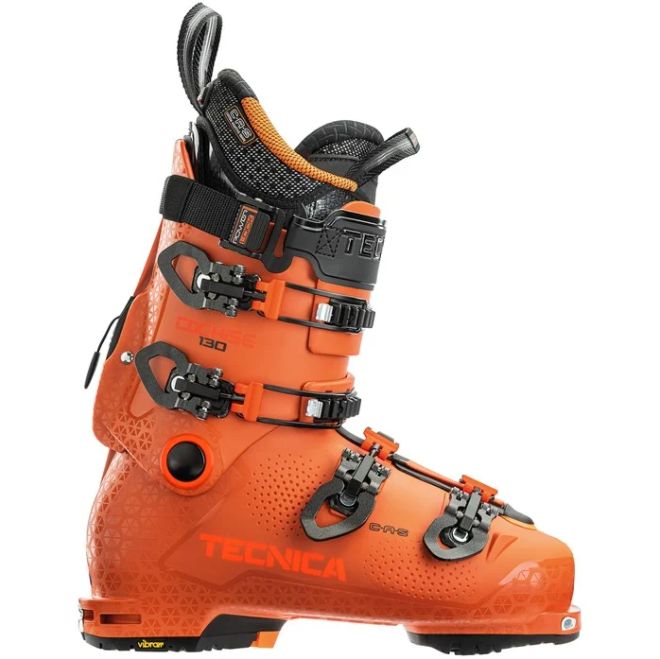

Women’s Tecnica Cochise
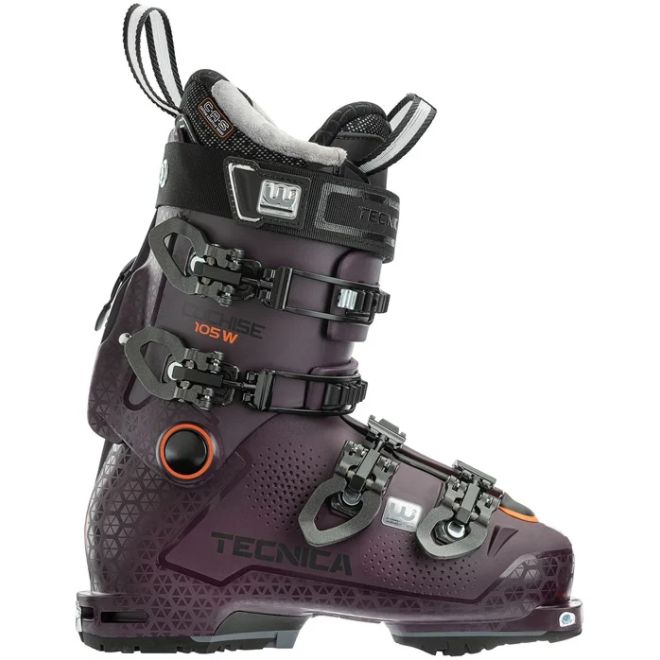

What other gear do you need to get started with backcountry ski touring?
Check out our list of backcountry skiing essentials.

